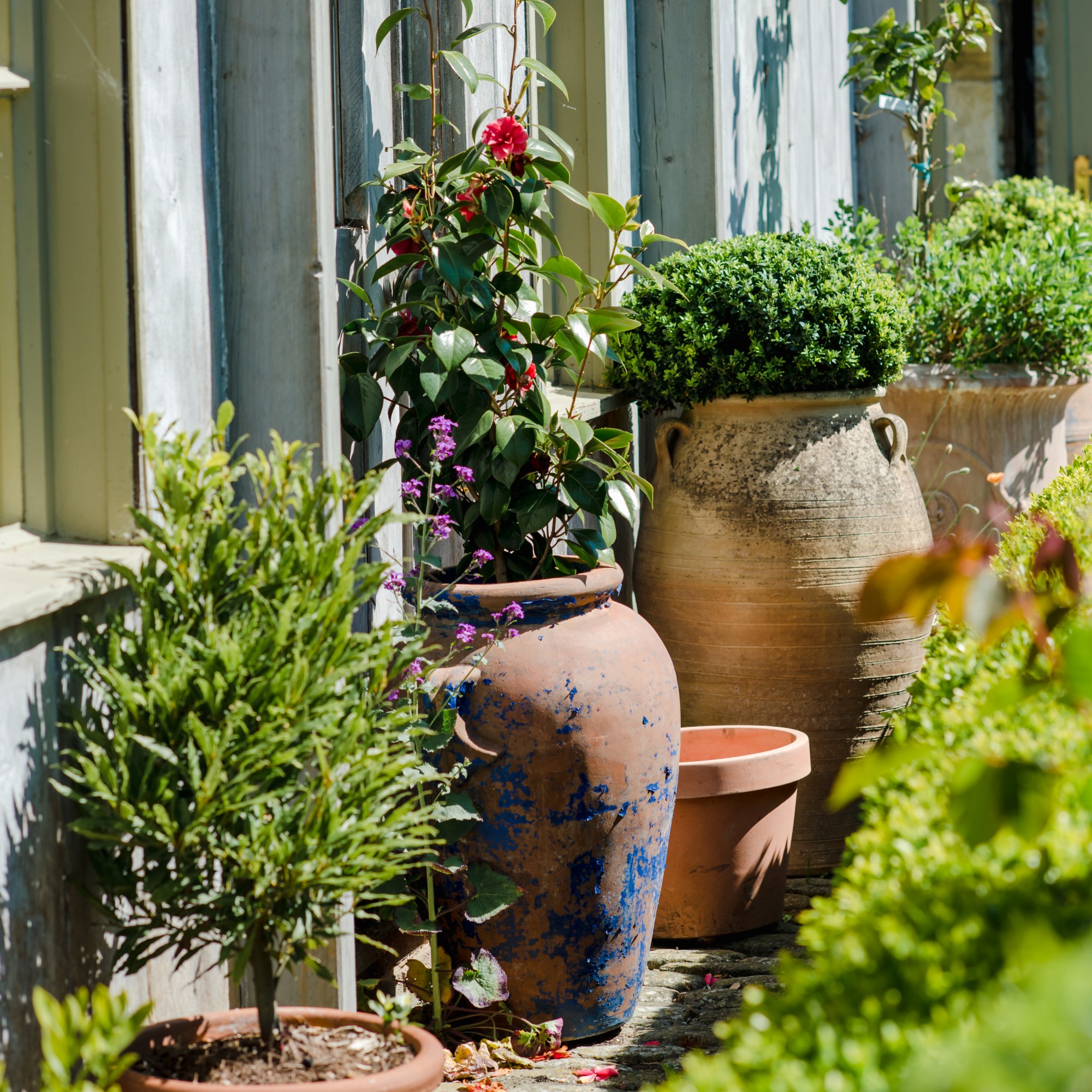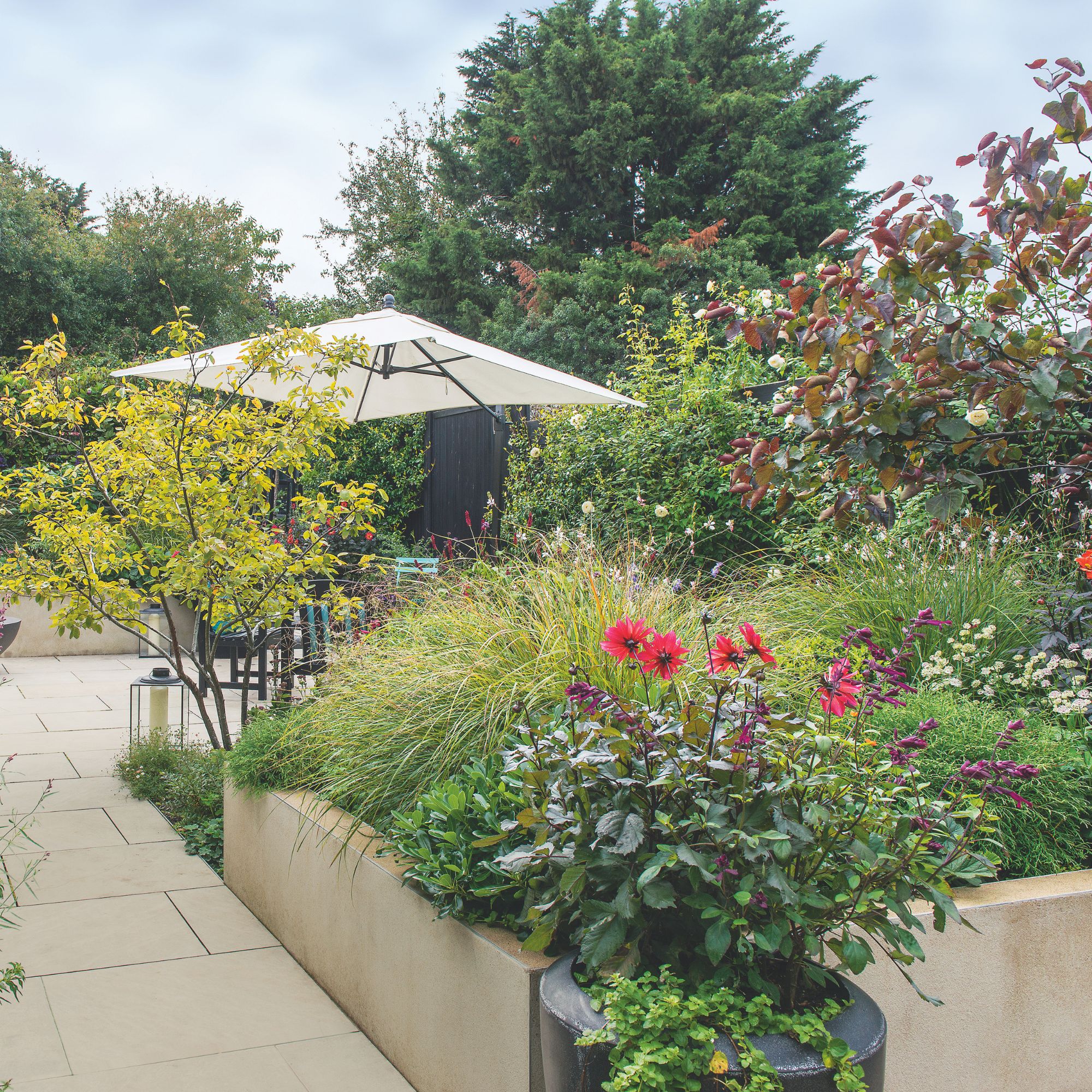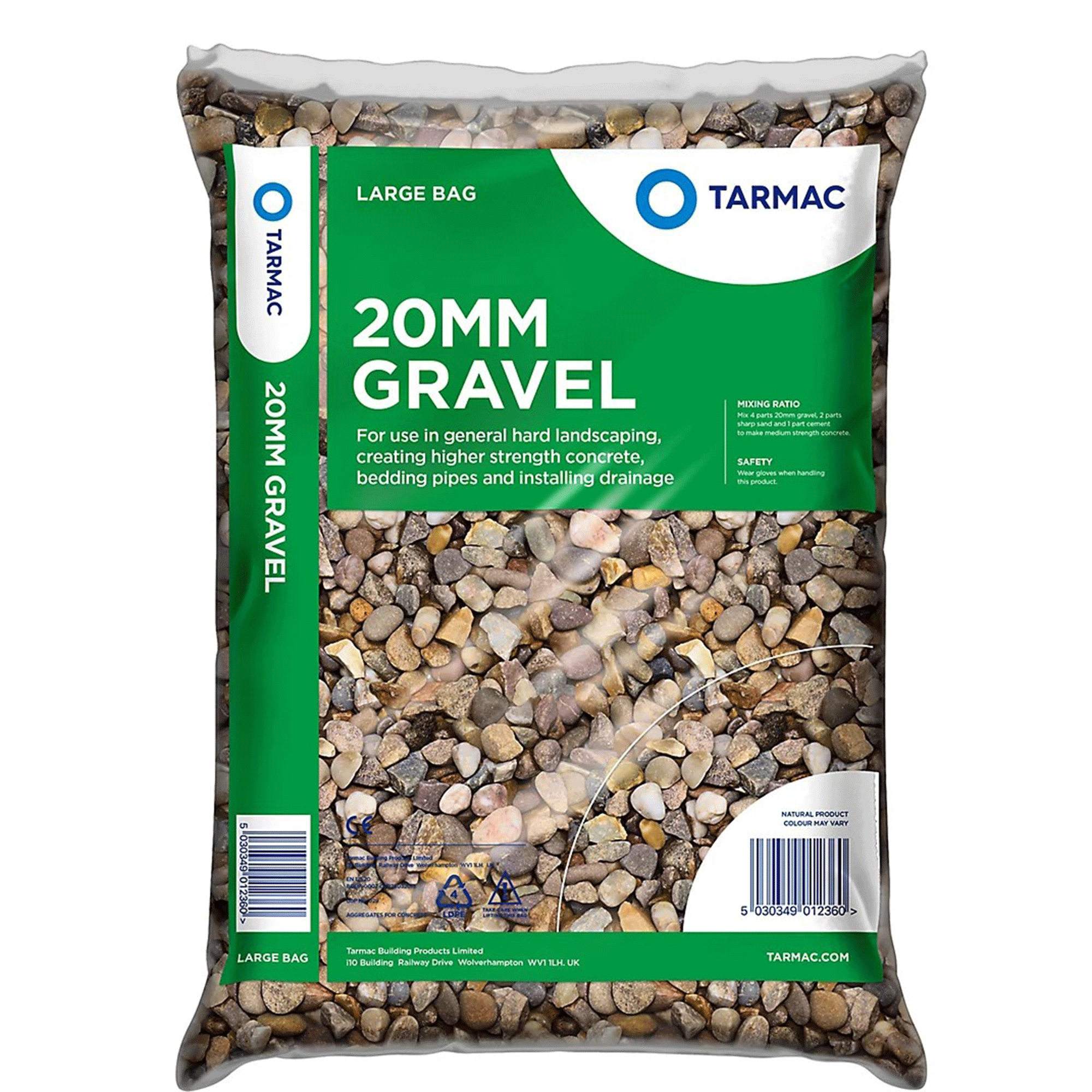3 things you should never use to fill the bottom of a large planter, according to garden experts
You should avoid these materials for your floral displays this summer


A large planter can easily give your garden a showstopping look, showcasing your finest flowers in all their glory. However, filling these huge pots with soil can be awkward and heavy, leading gardeners to choose other options for the base of their pots. But garden experts say you should avoid using these three materials.
While there are many great options to fill the bottom of a large planter, not everything you have lying around your garden is up to par and should actually be avoided.
Large planters and container garden ideas are great for creating beautiful and bold floral displays. But if you plan on using one this summer, garden experts say these are the three things you should never put in a large planter.

1. Garden soil
It may sound strange, but experts say you should avoid digging up your turf and adding garden soil to your planter, as often it does not contain the right conditions for your plants to thrive. So, if you’ve been looking for ways to dispose of soil, your large planter is not a recommended avenue.
‘Plants that are being grown in containers need to be grown in a well-draining potting medium. Garden soil is not as good as a growing medium, as it becomes compacted easily when placed in a container, which causes poor drainage. The soil may also contain weed seeds or carry over pests and diseases from your garden into the container,’ says Graham Smith MCIHort, a gardening expert from LBS Horticulture.

2. Polystyrene
Polystyrene or styrofoam is another material you shouldn’t use to fill the bottom of a large planter as it offers very little benefit to your plants - in fact, it can even cause harm.
‘Although it’s lightweight and seems like a clever way to take up space, but they can break down over time and make a mess in your soil—not to mention, they’re not great for the environment or your plants,’ says Luke Newnes, newbuild gardening expert and content creator at Hillarys.
Sign up to our newsletter for style inspiration, real homes, project and garden advice and shopping know-how

3. Non-permeable pot liners
‘Some people may choose to use a liner in the planter above the materials that they have used to fill the space underneath the soil. However, this liner should be checked to ensure that it is permeable, as otherwise it will not allow moisture to pass through and escape through the bottom of the planter,’ says Graham.
There’s no point filling your planter with draining materials if you choose a liner that won’t allow moisture through. Choosing the wrong liner can result in your plants becoming waterlogged. You could just use a liner like this £16 fabric liner from Amazon that allows water to pass through.
What to use instead
While a large planter is a guaranteed way to achieve a striking look in your garden, it is important to fill it with the right materials. So when you go to create your display, you should avoid these filling materials.

Kezia Reynolds joined the Ideal Home team as News Writer in September 2024. After graduating from City, University of London in 2022 with a bachelor’s degree in journalism, Kezia kicked off her career spending two years working on women’s weekly magazines. She is always on the lookout for the latest home news, finding you the best deals and trends - so you don’t miss a thing!
You must confirm your public display name before commenting
Please logout and then login again, you will then be prompted to enter your display name.


